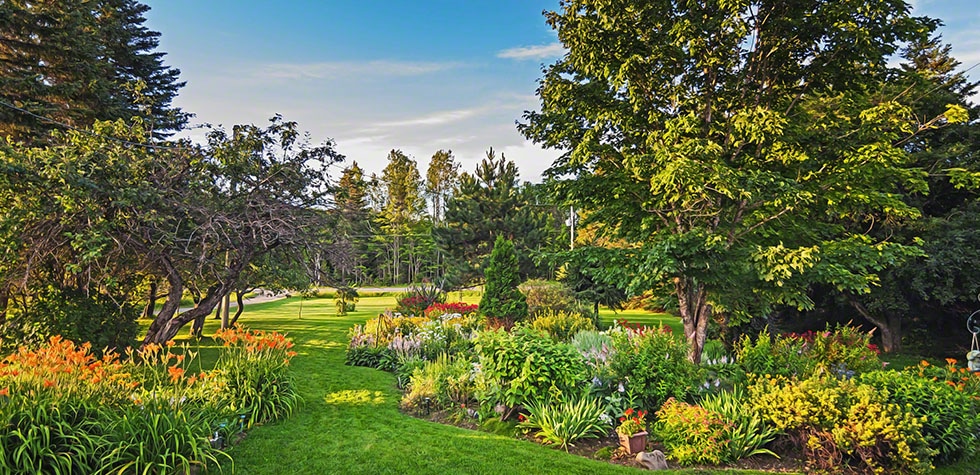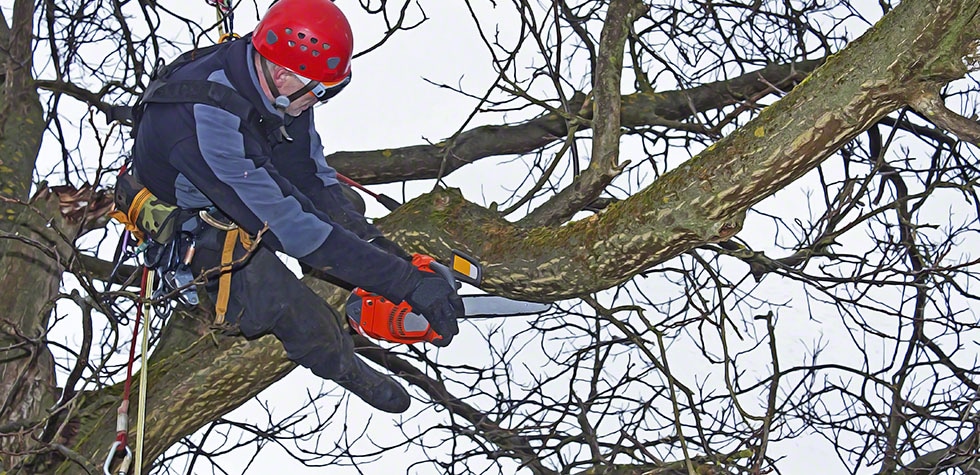Having a peach tree in your backyard is a blessing until a pest or disease takes over it. There is nothing like biting into a juicy peach that has grown in your backyard but you need to look after them to ensure your hard work doesn’t go to waste. Look for gardeners or tree services who can assist you in this process.
We are going to discuss several different types of peach tree diseases along with their treatment to keep your peaches healthy. Let’s begin!
Brown Rot
One of the most common and serious diseases amongst peach trees tends to be brown rot, which infects the shoots as well as the flower blossoms. It is caused due to fungus Monilinia fructicola and begins at bloom. As a result, the flowers wilt and turn brown. A serious concern, in this case, is that the peaches do not fall from the trees as they normally would and remain attached, spreading more infections.
Initially, the brown rot will develop on one small area of the peach, eventually spreading to the entire fruit and killing it. The best way to prevent brown rot from affecting other fruits is by removing infected peaches as soon as they are spotted. Plus, remove dried fruit mummies in the fall as well since this is where the fungus strives.
Peach Scab
Another common peach disease is peach scab or “freckles”. The symptoms begin small and will develop a freckles-type appearance. These could be velvety cracks or spots. However, if the infection grows extreme, the spots may join together to form large dark lesions.
On the other hand, the leaves do not show any signs of infection and the infection on the twigs become prominent in the current year’s growth. In the next 30 to 70 days, the freckles become enlarged and the peach will eventually turn dark reddish-brown the next season.
To prevent and treat peach scab, appropriate disinfectants should be used especially during the first year when the infection is usually more severe. Plus, the trees should be properly pruned as well to allow sufficient air circulation.
Bacterial Spot
The bacterial spot is a third type that affects peach fruits and leaves. The leaves that are infected by this disease tend to have small reddish-purple spots with a white center. As the infection grows and spreads, the inner portion of the spot often falls out, as a result of which the leaves develop a shot-hole or ragged appearance.
Then, the infected leaves turn yellow and fall. In the beginning, the lesions appear as dark spots on the fruit that continue to become large as the fruit grows as well. The good news is that you can simply peel off the infected portions to control the disease, even though it can be difficult to control if it turns extreme. You can use chemical sprays but won’t help severely infected trees.
Peach Leaf Curl
The peach leaf curl infects the fruits, leaves, and flowers. As a result, the leaves thicken and often turn red. After a certain period of time, the leaves turn yellow and drop. Ultimately, the leaves will begin falling and the fruit quality is affected.
On the prevention and treatment side, the disease can be controlled if the initial symptoms are identified. However, if the situation turns extreme, you will need to use a combination of chemicals to prevent it from killing all the fruits.
Gummosis
Gummosis is a serious disease considering that it can kill the tree branches. The initial symptoms can be identified as small blisters on the young barks of vigorous trees. Plus, the infection could be observed in the fall season or spring. In most cases, a gummy resin is exuded by the tree or it develops several sunken areas.
Unfortunately, there are no chemicals to cure this disease as it mainly strives on water-stressed weak trees. Additionally, the deadwood should be removed and destroyed to kill the disease along with any pruned branches, especially if the pruning is done in the summer months.
Final Word
There are several other diseases that affect peach trees but the ones mentioned above are the most severe and common. This means that you should regularly inspect your trees and look out for any visible signs of infections that could be prevented before they turn serious and harmful. Some severe infections may be fatal and you need to cut down the tree. Book tree removal services Kensington that can inspect and remove the tree for you.



